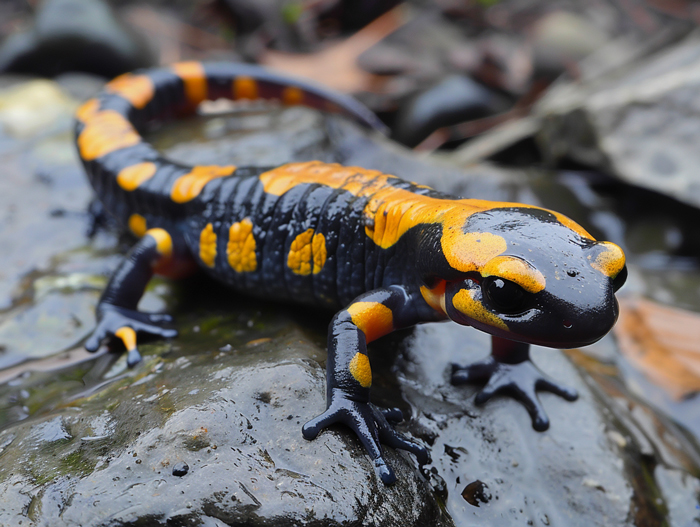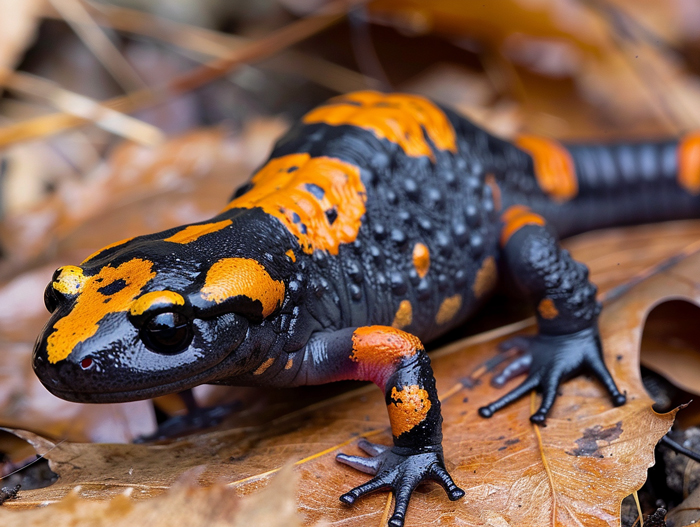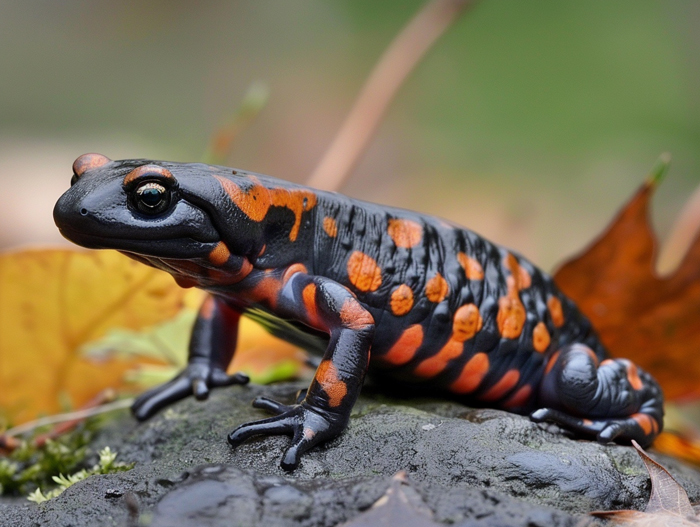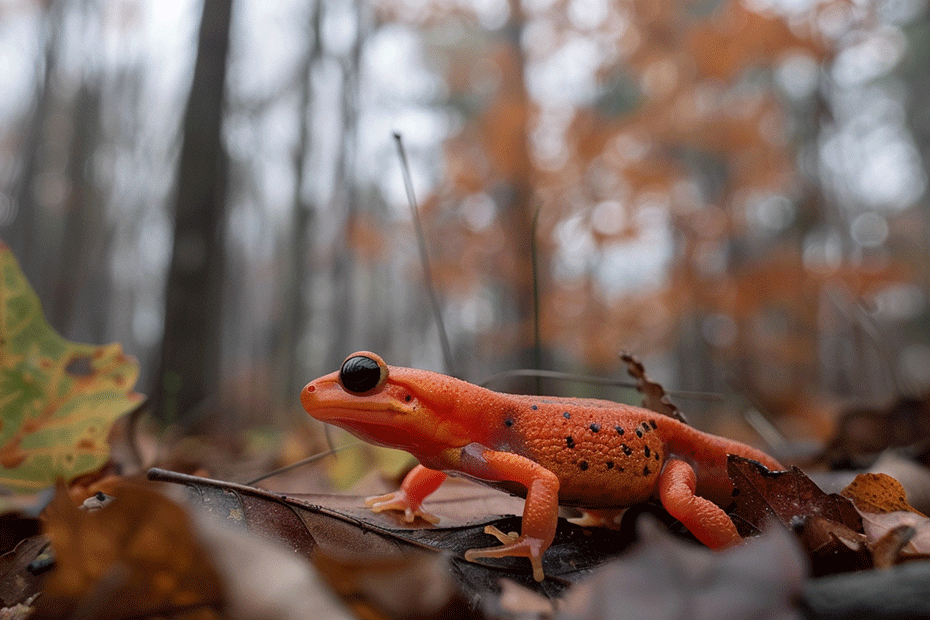Are salamanders invading your space? You’re not alone. These amphibians can find their way into your home and garden, causing unwanted disruptions. But fret not, as we’ve got you covered with effective strategies to bid farewell to these slippery intruders. Let’s jump into the world of salamander removal and reclaim your territory.
When it comes to getting rid of salamanders, knowledge is power. Understanding their habits and preferences is key to successfully deterring them from your premises. From sealing entry points to removing attractants, we’ll walk you through practical steps to make your surroundings less appealing to these creatures.
Say goodbye to salamanders without breaking a sweat. With our expert tips and tricks, you’ll be equipped to tackle the salamander situation head-on. Stay tuned to discover simple yet efficient methods to keep these amphibians at bay and restore peace to your environment.
Key Takeaways
- Understanding salamanders’ habits and preferences is crucial for successful deterrence.
- Prevent salamander entry by sealing gaps, repairing cracks, and removing attractants like clutter and moisture.
- Utilize humane methods like catch and release, natural repellents, and barriers to manage salamander presence.
- Salamanders are nocturnal, moisture-dependent, and often burrow underground for protection.
- Different types of salamanders have distinct characteristics and habitats.
Understanding Salamanders

Identifying Types of Salamanders
- Eastern Red-backed Salamander: Found in damp, wooded areas, under rocks or logs.
- Spotted Salamander: Recognizable by its yellow spots and preference for moist environments.
- Tiger Salamander: Known for its distinct striping and found in various habitats.
- Nocturnal: Salamanders are predominantly active at night, seeking prey under the cover of darkness.
- Moisture-dependent: They require damp environments to breathe through their skin successfully.
- Burrowing: Salamanders often burrow underground or hide under debris to stay protected from predators.
Salamanders have unique characteristics and behaviors, making it essential to understand them to effectively address any invasion issues.
Preventing Salamanders in Your Home

Sealing Entry Points
- Check and seal gaps around doors and windows.
- Repair cracks in walls and foundations.
- Install door sweeps and weather stripping.
- Screen vents and chimneys.
Removing Attractants
- Keep your surroundings free of clutter and debris.
- Store firewood away from the house.
- Fix leaky faucets or pipes to reduce moisture.
- Avoid overwatering plants near the house.
- Maintain a dry environment indoors.
- Use outdoor lighting to deter nocturnal creatures.
- Trim vegetation away from the house.
- Avoid leaving pet food outside overnight.
Remember, these preventative measures can help keep salamanders from invading your living space.
Removing Salamanders Humanely

Catch and Release Method
- Catch salamanders using a gentle hand or a container.
- Transport them to a suitable outdoor environment.
- Release the salamanders away from your home.
- Use natural repellents like citrus peels or cayenne pepper around entry points.
- Create a barrier using crushed eggshells or coffee grounds.
- Plants such as mint or garlic can deter salamanders.
These methods help safely and effectively manage salamander presence in your living space.
Conclusion
You now have a range of humane methods to eliminate salamanders from your home. By using the catch and release technique or natural repellents like citrus peels, cayenne pepper, crushed eggshells, coffee grounds, mint, or garlic, you can safely manage salamander presence in your living space. Remember, it’s important to prioritize the well-being of these creatures while ensuring they are not a nuisance in your home. With these strategies, you can create a harmonious environment for both you and the salamanders.

Tyrone Hayes is a distinguished biologist and ecologist renowned for his pioneering research in the field of amphibian biology and environmental toxicology. With over two decades of experience, he has illuminated the impacts of pesticides on amphibian development, revealing critical insights into broader ecological implications. Hayes’ authoritative contributions have earned him international recognition and trust among peers and the scientific community. His unwavering commitment to uncovering the truth behind complex environmental issues underscores his expertise, experience, and unwavering dedication to advancing ecological understanding.
